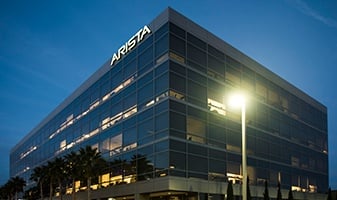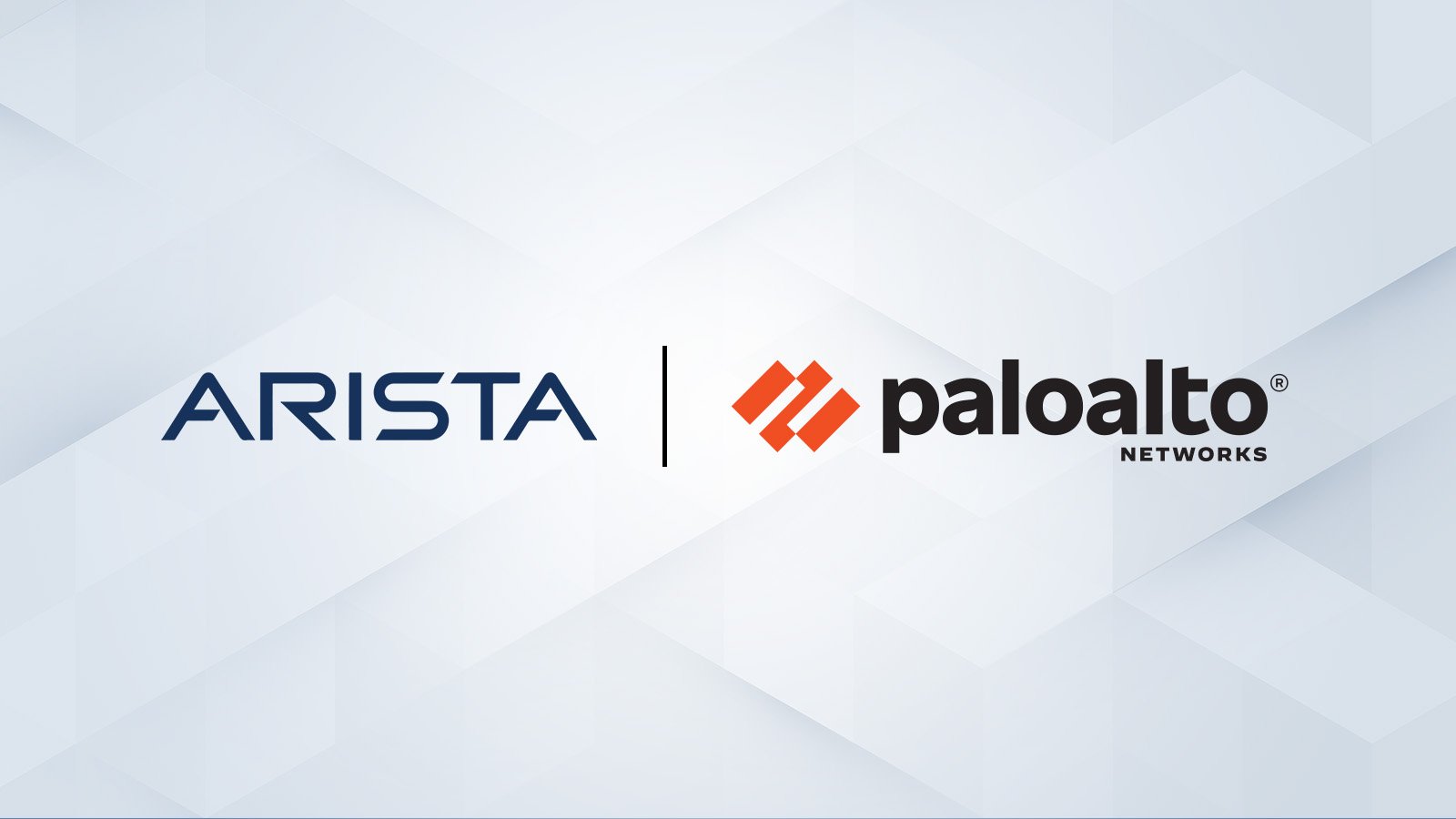Delivering Reliable AI and Cloud Networking
The explosive growth of generative AI and the demands of massive-scale cloud architectures have fundamentally redefined data center networking...

Every year at Arista has been filled with milestones and enriching memories. I want to acknowledge and thank each and every Arista well-wisher for contributing to this incredible experience. So let’s take a walk together down memory lane and look back on our journey from start-up to a now public company. I think of Arista’s first decade as being comprised of three phases:
Funded in a unique fashion, without traditional venture capital investment, Arista (first called Arastra, located on Arastradero road in Palo Alto) was placed in a unique position. Our founders, Andy and David, were our funders, too, and they cared deeply about building the company with the right technology foundation. Ken Duda, also a founder and our EOS software genius, brought a radical, resilient and programmable network-OS for modern, disruptive applications. Bringing some of the best and brightest engineering minds together resulted in an innovative network-wide operating system that challenged legacy enterprise switching vendors. Andy Bechtolsheim and I launched the company officially in October 2008. With just 50 engineers we gained 50 customers by the end of 2008, proving what small focused teams could accomplish. Our early adopters welcomed us as a breath of fresh air in a mostly legacy and monopolistic networking era. This included customers in High Performance Computing and financial institutions, who used Arista switches for electronic low-latency trading.
Arista pioneered the fundamental shift from the old-school north-south three-tier over-subscribed network managed by reactive polling, to a pro-active east-west “leaf-spine” non-blocking topology. We believe modern applications must be handled universally across a state-based, programmable and open network, versus the archaic policies of legacy apps running on proprietary, limited networks. Sustained R&D investment and “best of breed” differentiation became the DNA at Arista. Our products were disruptive in nature, bringing critical business benefits such as agility while reducing capex and opex spend within legacy IT enterprises.
The increased adoption of 10GbE along with the release of multi-core CPUs and the direct incorporation of 10GbE onto server motherboards brought a new class of high performance data centers. The combination of 10/40/100GbE speed to create a two-tier leaf -spine network with radically disruptive economics, a small footprint and low power consumption was compelling. The Arista 7500E spine won the Best of Show Interop award in 2010 and once again in 2013 as a flagship entry for non-blocking spine networks in 10/40/100GbE switching.
The introduction of the VXLAN specification co-authored by Arista and VMware was a key turning point for network virtualization in 2012, connecting physical and virtual network silos. The industry also created quite a stir and buzz about Software-Defined Networking (SDN). To our customers, SDN is best summed up in one word – Programmability. Arista EOS demonstrated granular programmability at all levels with distributed control planes, data planes and management planes/APIs. Be it ESX/vCenter, OpenStack or Network Virtualization, the beauty of Arista’s EOS was its controller and partner friendly approach, creating a best of breed ecosystem.
While many recognize Arista’s IPO in June 2014 as the crowning accomplishment as we became a public company, it’s also important to note that Arista’s Cloud Networking vision has become reality! With increased momentum and acceptance by our customers and with the deployment of 3+ million cloud-networking ports across the world, we are witnessing the disruption of legacy networks. Arista’s EOS has now grown to 8 million lines of code with ten thousand man-years of development, migrating beyond products and features to a distributed platform.
The advent of Hadoop and IP/Ethernet storage is propelling Big Data applications. FCoE (Fiber Channel over Ethernet) has never lived up to the hype, but the utilization of 10/40GbE for a direct-attached storage network (NAS, iSCSI and Hadoop clusters) is definitely on the upswing. A key criterion for high performance storage and Hadoop is adequate packet buffering and fast failover capabilities to minimize packet loss while achieving balanced performance.
Continuing to lead the industry in innovation, Arista has also partnered closely with Broadcom, Google, and Microsoft to initiate the 25/50GbE Ethernet consortium.
A hallmark of a good company is doing the right thing for customers, employees, and shareholders to deliver value. Our journey has just begun, and there is much opportunity and we have great aspirations for the road ahead. Yet we know we couldn’t have achieved this without the support of our entire eco-system of founders, talented employees, executives, board members, customers, partners, investors and well-wishers. I take this opportunity to personally thank you all as my readers for believing and supporting the “Arista Way”. We will continue to innovate and provide industry leadership as we build a strong and enduring company.
As always, I welcome your comments at feedback@arista.com.

The explosive growth of generative AI and the demands of massive-scale cloud architectures have fundamentally redefined data center networking...
/Images%20(Marketing%20Only)/Blog/VESPA-Launch-Blog.jpg)
The modern enterprise is navigating a profound transformation. The shift to the 'all wireless office' and 'coffee shop type networking', fueled by...

Data centers have evolved into highly distributed, hybrid ecosystems that span private clouds, public clouds, and colocation facilities. This...